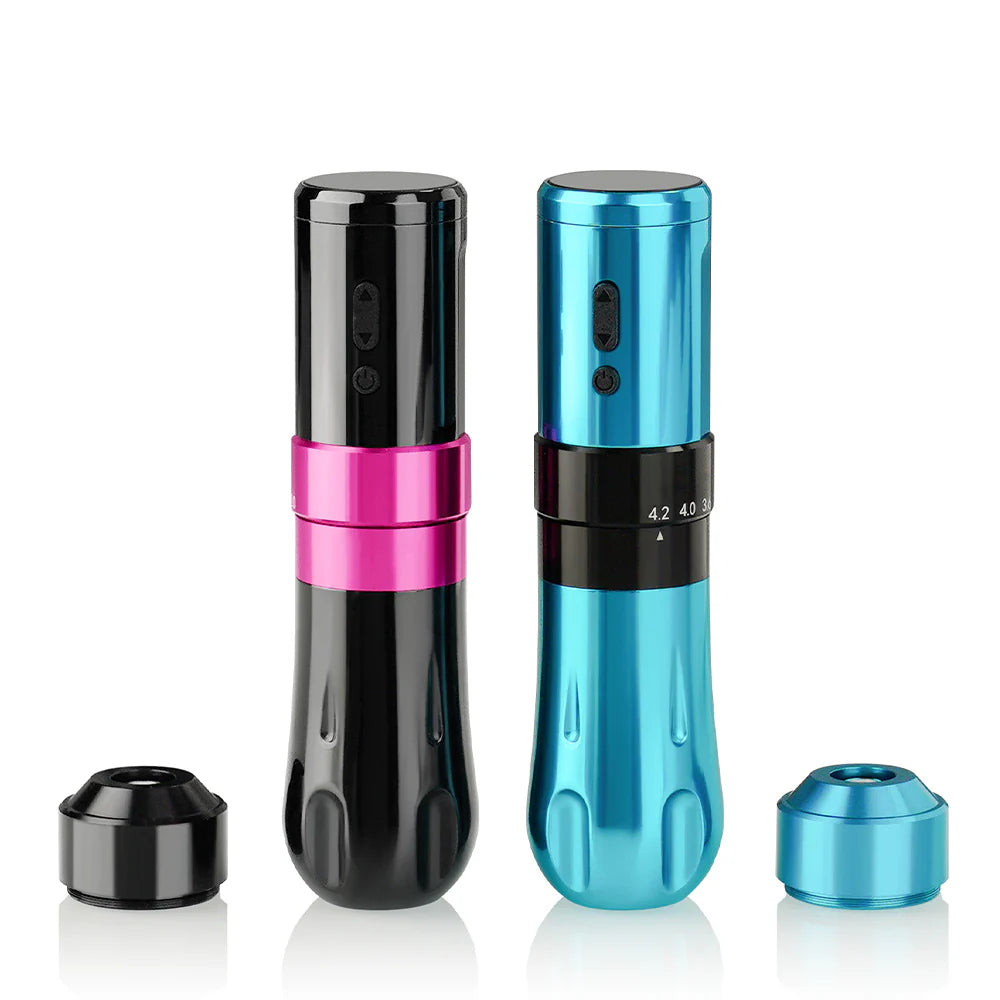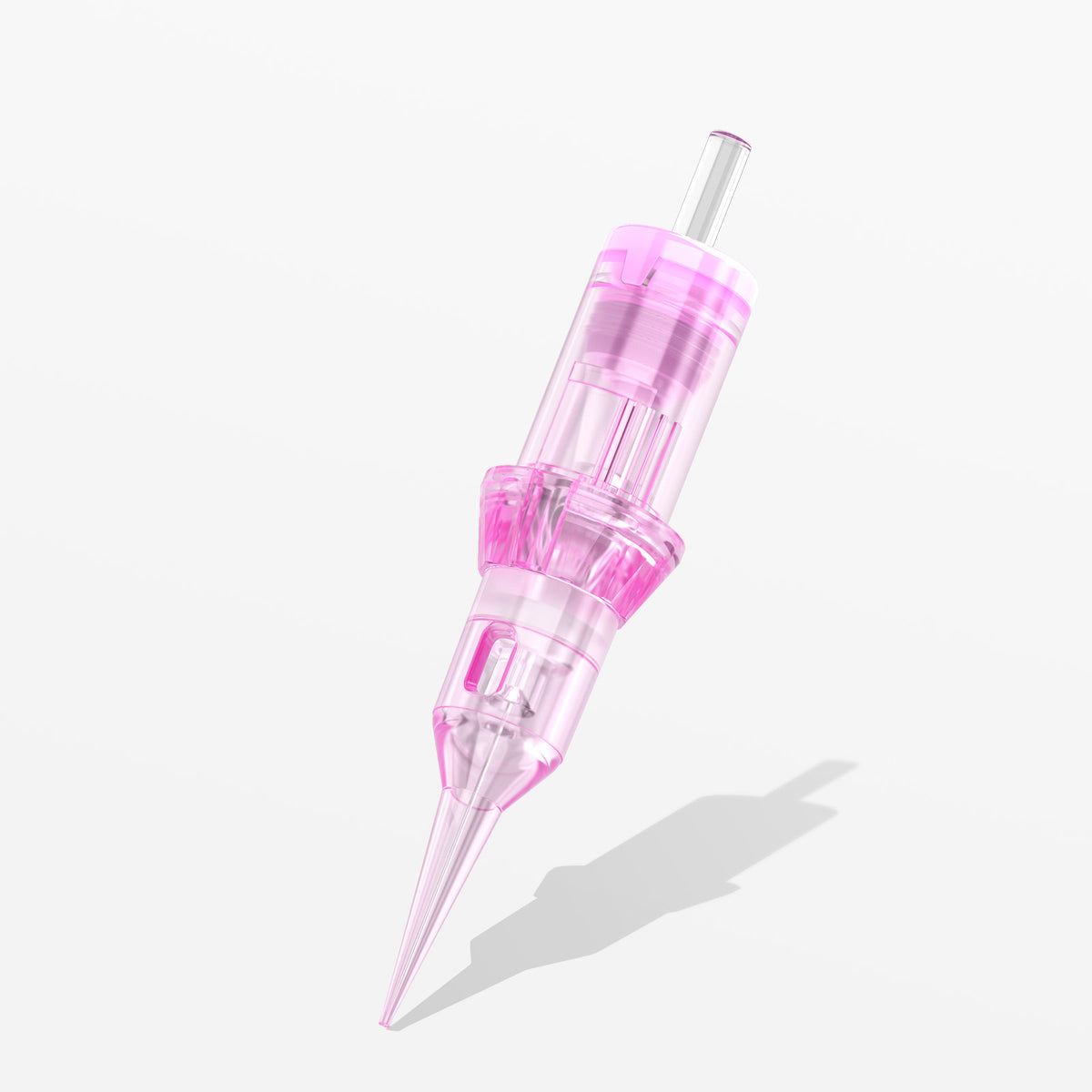Imagine this scenario: A client leaves your studio thrilled with their new eyebrow tattoo… only to return weeks later with infected, misshapen brows. Permanent makeup is not magic—it’s science. While 90% of artists focus on perfecting techniques, the real danger lies in ignoring contraindications that can ruin careers and harm clients.
-
Autoimmune Disorders: Clients with lupus, rheumatoid arthritis, or HIV heal slower, with unpredictable pigment retention.
-
Blood Thinners Users: Long-term aspirin or anticoagulant users bleed excessively during procedures, causing blurry lines.
-
Cancer Survivors: Chemotherapy weakens immunity; always consult an oncologist before proceeding.
-
Keloid-Prone Skin: High risk of raised scars, turning cosmetic results into disasters.
-
Active Acne: Pigment mixed with bacteria can lead to permanent pitting.
-
Eczema/Dermatitis Sufferers: Ink may trigger flare-ups—postpone until symptoms subside.
-
Frequent Sunbathers: UV exposure fades pigment 3x faster.
-
Pregnant Clients: Hormonal changes during pregnancy alter pigment absorption; recommend waiting 6 months post-delivery.
-
Allergic Reactions: Always perform a patch test (even for "hypoallergenic" inks).
-
MRI Risks: Warn clients if pigments contain metal oxides, which may interfere with MRI scans.
Mastering permanent makeup contraindications isn’t just ethical—it’s essential for professional survival. Knowing these limits protects both your reputation and your clients. Stay tuned: Next week, learn how to turn these "rejections" into lifelong referrals (no needles required).
- Q: Can pregnant clients get permanent makeup?
-
A: Absolutely not—hormonal changes distort results.
- Q: Should I refuse all clients at risk of keloids?
-
A: Yes, even a minor keloid risk is a dealbreaker.
- Q: How to handle clients on blood thinners?
-
A: Require a doctor’s clearance 2 weeks before the procedure.





0 comentarios